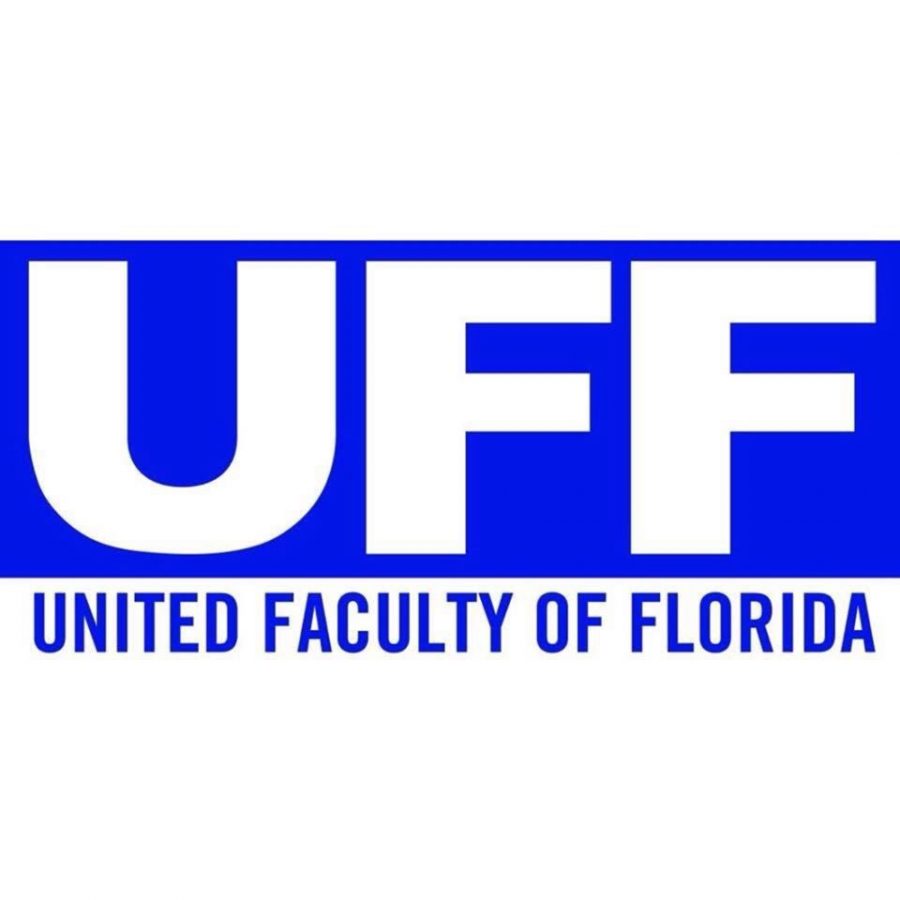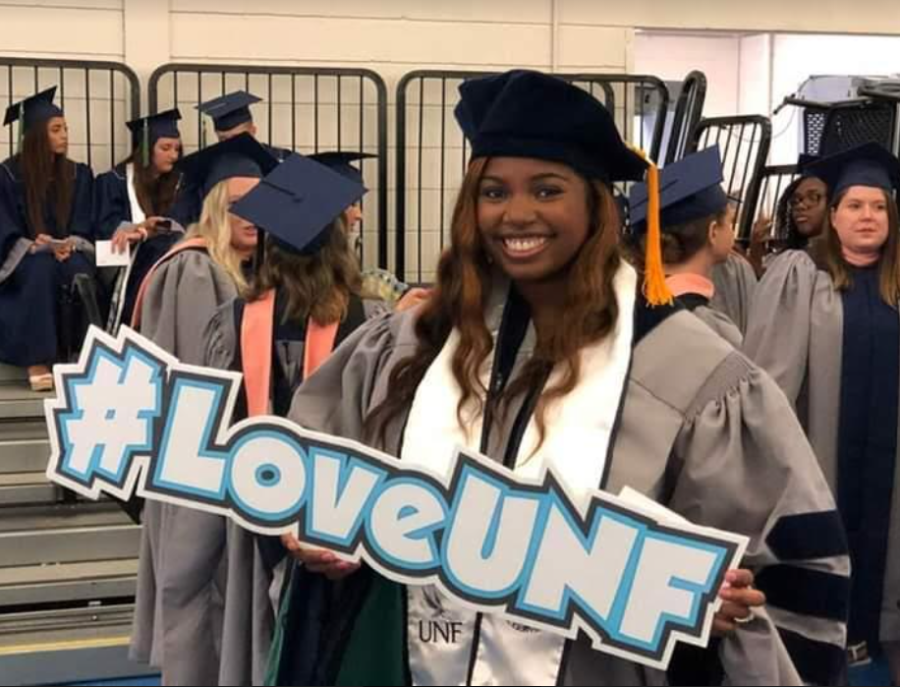Students may finally have a reasonable excuse to bring their laptop to class (other than perusing Facebook) — electronic textbook options transfer learning from hardcopy to digital.
Amazon.com and half.com are often go-to sites for students looking for cheap used books, but the Internet has bred new generations of text retailers, meaning more options for students and avid readers.
Book-trading, a concept as old as books, is finding a wider audience thanks to Web sites like swaptree.com. On this site, students only pay shipping when trading their used texts for other students’ used texts.
But electronic texts — the lovechild of a society surrounded by advancing technology — are becoming increasingly popular as the Internet and mobile technology become more and more integrated in our daily lives.
Coursesmart.com allows students and professors the ability to buy electronic textbooks at about half the price of their hardcopy counterparts.
The site makes 7,000 books from 14 major publishers, including McGraw-Hill Higher Education, Pearson and Jones & Bartlett Publishers, which users may purchase as downloadable content or in the form of access to online-only copies.
Though the program offers books at half the price, students do not really own the books. The program offers texts on a subscription basis — much like a lease — so once the subscription runs out, students lose access. So the program is ideal for students who do not plan to keep texts after their classes are over.
“It’s kind of unfortunate that the subscription is over after six months, because I keep books from some of the better classes that I take. I would be open to the idea though,” said UNF senior logistics and management major Joe Finnigan.
The terms also allow students to print 150 percent of an e-text’s content, meaning they can print pages more than once, though it’s not a matter of simply printing out an entire book. That would defeat part of an e-text’s allure: limited environmental impact.
Digital Rights Management technologies integrated into the program prevent piracy but also distance users from uninhibited access to a text. It’s an unfortunate by-product of the digital media age.
“If you really wanted to make copies for a group of students, you might be better off buying a printed book new or used and cutting off the spine,” said Frank Lyman, the site’s executive vice president of marketing, in an article published by National Association of College Stores. “We’re making it hard enough, so it’s not as if you can press a button and print out a whole book.”
E-texts do have one major function that hard copy books lack: Users may search through them using keywords instead of scanning pages looking for a specific line or sentence.
“This girl I had class with summer A had the electronic version of our book, and it was the best one. We had quizzes on Blackboard, and she could search for keywords right there,” Finnigan said.
While e-texts may seem like a cheaper solution, such a conclusion depends on one’s perspective. Students never own the text, and the savings they enjoy from buying an e-text are somewhat counteracted by the fact they can never resell it as they would a normal book.
But in an on-the-go age with consumer electronics like the Kindle or an iPhone, readers may enjoy mobile reading better than sitting down with a hard copy, but to some people like English Professor Tiffany Beechy, that technology grants too much access.
“I believe that it is really invaluable to have that sort of private space that you can have when it’s just you and a book and you’re unplugged. When you’re plugged in, you have the ability to have all these distractions on the Web. All those things take us away from the good tradition of humanistic learning, but I think it’s inevitable and that we have to be really thoughtful about our publishing choices with electronic textbooks and the way we encourage our students to interface with them,” Beechy said.
When choosing between electronic and traditional books, it becomes a matter of personal opinion. If one desires instant access to a variety of texts and indexing capabilities with some limitations, an e-text may be the way to go, but if one wants to really forge a relationship with a text — an act that continues long after classes are over — a traditional book may be the best choice.












Reiki Attunements | Jan 14, 2010 at 8:19 pm
Love Perusing your blog… always interesting. Thankyou!!!